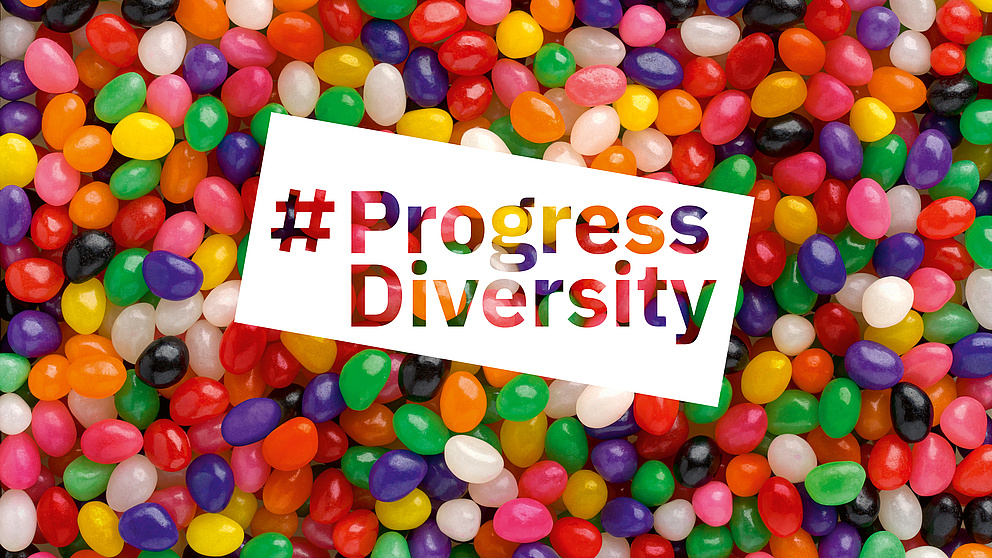
Dear readers,
If German is not your native language, you may have wondered why so many nouns in the Foundation’s German texts and forms have asterisks* in them.
The answer is that it is something specific to the culture: known as the “gender starlet”, in the German-speaking countries, it is currently the most popular way of describing, addressing and recognising people of all genders: female, male and diverse gender identities.
The gender star is inserted in between the male and female ending of a noun, as in “Wähler*innen” (voters) or “Leser*innen” (readers). It can also follow the root of the word in cases like “Kolleg*innen” (colleagues).
The Humboldt Foundation is convinced that diversity of perspectives is the precondition for excellence. So, for us, excellence starts with indicating diversity in our language. It mimetically portrays today’s world and defines our visions of the future.

#ProgressDiversity
With its #ProgressDiversity campaign, the Humboldt Foundation is working to foster diversity in science and research.
It is our mission to recruit the best of the best for our network. To do so, we want to address talented people – “jede*jeden” (each and every one). As a research funding organisation searching for the science stars of tomorrow in a world in which we need to join together to meet global challenges, we reach for the stars, so to speak – and also for the gender starlet – every single day because neither reality nor language are unchangeable natural laws but are determined by the way we speak, by the conversations we hold about them. This is an insight for which we have the French postmodern thinker Michel Foucault to thank.
In the basement of the Humboldt Foundation there is a poster. It shows the great scientists of the last 150 years. Yes, they are nearly all men. You have to look pretty carefully to spot twice Nobel laureate Marie Curie. Let us see it as an historical document; how varied, diverse and international the Humboldt Network, by contrast!
The Humboldt Foundation has decided to use the gender starlet and communicate in a gender-sensitive fashion so that researchers (“Forscher*innen”) of whatever gender, background, ethnicity or culture visualise science as a world whose doors really are open to all talents. After all: only diversity can ensure excellence.
